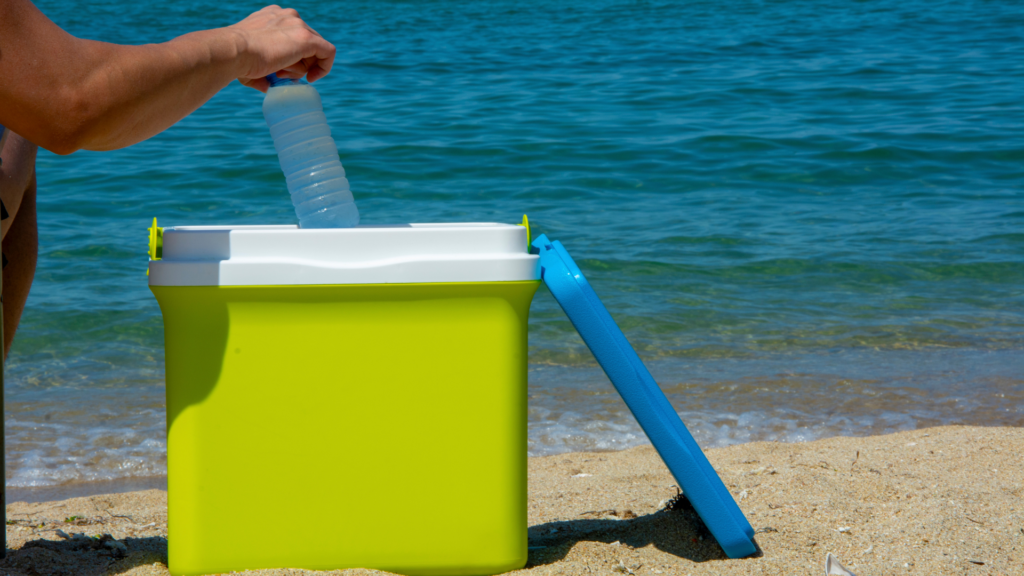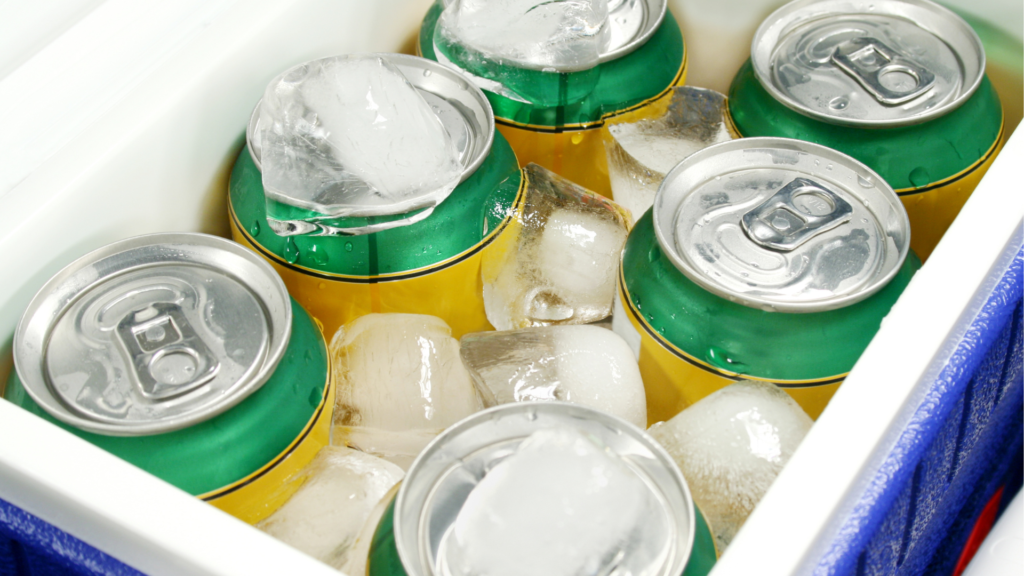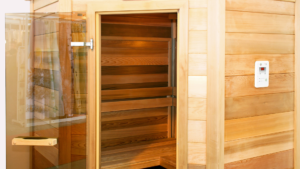How do portable refrigerators work ? Quick Guide

Introduction
Portable refrigerators, also known as portable coolers or electric coolers, have become popular appliances for camping, road trips, picnics, and other outdoor activities. These compact and versatile devices allow you to keep food and beverages cold, even when you’re away from traditional refrigeration options. But have you ever wondered how portable refrigerators actually work? In this article, we’ll explore how do portable refrigerators work and how they keep your items cool on the go.
How do portable refrigerators work ?
At their core, portable refrigerators work on the same principles as traditional refrigerators. They utilize a combination of insulation, a cooling element, and a power source to create a controlled environment that maintains a low temperature inside the unit. Let’s dive into the details of how these components work together to provide cooling functionality.
Insulation:
One of the key features of a portable refrigerator is its insulation. The outer shell of the cooler is typically made of thick, insulated material such as high-density foam or polyurethane. This insulation helps to reduce the transfer of heat from the outside environment to the interior of the cooler. It acts as a barrier, preventing warm air from entering and cold air from escaping, thus maintaining a consistently low temperature inside.

Cooling Element:
Portable refrigerators employ various cooling technologies to lower the temperature inside the unit. The most common cooling elements used in these appliances are thermoelectric coolers and compressor-based systems.
- Thermoelectric Coolers: Many portable refrigerators use thermoelectric cooling technology. This method relies on the Peltier effect, which occurs when an electric current is passed through two dissimilar materials. As the current flows, one side of the materials becomes hot while the other side becomes cold. Thermoelectric coolers utilize this effect by sandwiching a Peltier device between two heat sinks. When the device is powered, one side absorbs heat from the inside of the cooler, while the other side dissipates it to the surroundings, thus creating a cooling effect.
- Compressor-Based Systems: Some high-end portable refrigerators feature compressor-based cooling systems, similar to those found in traditional refrigerators. These systems utilize a compressor, a condenser, an expansion valve, and an evaporator. The compressor pumps refrigerant gas, typically a hydrofluorocarbon (HFC) like R134a, into the condenser, where it releases heat to the surrounding environment and condenses into a high-pressure liquid. The liquid then passes through the expansion valve, which causes it to expand and evaporate. As it evaporates, it absorbs heat from the interior of the cooler, thus cooling it. The cycle repeats as the refrigerant is compressed again by the compressor.
Power Source:
Portable refrigerators require a power source to operate their cooling mechanisms. They are designed to be powered by different types of energy, depending on the model. Common power sources for portable refrigerators include:
- 12V DC Power: Many portable refrigerators can be powered directly from a vehicle’s 12-volt DC power outlet, commonly known as the cigarette lighter socket. This makes them ideal for road trips, camping, and other outdoor adventures, as they can be powered by the vehicle’s battery.
- 110-240V AC Power: Some portable refrigerators have the capability to be plugged into a standard wall outlet using an AC power adapter. This feature allows them to be used in a variety of settings, such as RVs, cabins, or hotel rooms with access to electricity.
- Battery Power: Certain portable refrigerators are equipped with built-in rechargeable batteries. These models are especially convenient for situations where a power source is not readily available, such as remote camping or boating trips. The batteries can be charged in advance and provide hours or even days of cooling without the need for external power.
Application of Portable Refrigerator
ortable refrigerators have a wide range of applications and can be useful in various scenarios. Here are some common applications for portable refrigerators:
- Outdoor Activities: Portable refrigerators are a popular choice for outdoor enthusiasts. Whether you’re camping, hiking, fishing, or having a picnic at the park, a portable refrigerator allows you to keep your food and beverages cold and fresh. It eliminates the need for ice and helps to preserve perishable items during extended periods outdoors.
- Road Trips: When embarking on a road trip, having a portable refrigerator in your vehicle can be a game-changer. It allows you to store drinks, snacks, and even meals for long journeys, ensuring that you have access to chilled items whenever you need them. You can avoid the hassle of frequent stops at convenience stores or fast-food restaurants and enjoy the convenience of having your own refreshments on hand.
- Traveling: Portable refrigerators are excellent companions for travelers. Whether you’re staying in a hotel, vacation rental, or RV, having a compact refrigerator can provide added convenience and cost-saving opportunities. You can store beverages, snacks, and even perishable items like medication that require refrigeration, ensuring you have access to your preferred refreshments and necessities.
- Workplaces and Offices: In work environments without access to communal refrigerators or during outdoor events, portable refrigerators can be useful. They allow employees to store their lunches, snacks, and drinks at a cool temperature, reducing the risk of spoilage and providing easy access to fresh food throughout the workday.
- Medical Purposes: Portable refrigerators can also serve medical purposes. They are commonly used to transport medications, vaccines, and other temperature-sensitive medical supplies that require refrigeration. Medical professionals, researchers, and emergency responders often rely on portable refrigerators to maintain the integrity of these items during transport or in remote locations.
- Mobile Businesses: Portable refrigerators are frequently utilized by mobile businesses, such as food trucks, catering services, and vendors at outdoor events. These businesses require refrigeration to store perishable ingredients and keep their products fresh while on the move or in outdoor settings where access to traditional refrigeration may be limited.
- Home Use: Portable refrigerators can serve as a convenient addition to homes, especially for those who may need extra refrigeration space. They can be placed in garages, basements, or even bedrooms for easy access to chilled beverages or snacks, reducing the need to frequently visit the main kitchen refrigerator.
- Emergency Preparedness: During emergencies or power outages, portable refrigerators equipped with backup power sources can be invaluable. They allow you to keep essential perishable items like food and medication refrigerated, ensuring they remain safe to consume for extended periods without electricity.
Conclusion
In conclusion, portable refrigerators offer a convenient way to keep food and beverages cold when you’re on the go. Through the use of insulation, cooling elements like thermoelectric or compressor-based systems, and various power sources such as 12V DC, AC power, or rechargeable batteries, these portable coolers create a controlled environment that maintains low temperatures inside. So the next time you pack your cooler for a picnic or a camping trip, you’ll have a better understanding of the science behind how it keeps your items cool and refreshing, no matter where your adventures take you.

With a degree in Electrical Engineering and years of hands-on experience in the tech industry, passionate to provide readers with insightful reviews. From smartphones and laptops to smart home devices and emerging technologies, he navigates the ever-evolving tech landscape, offering in-depth analyses and honest opinions.








